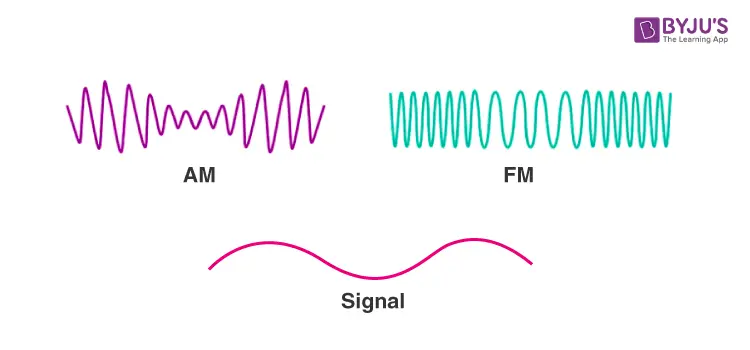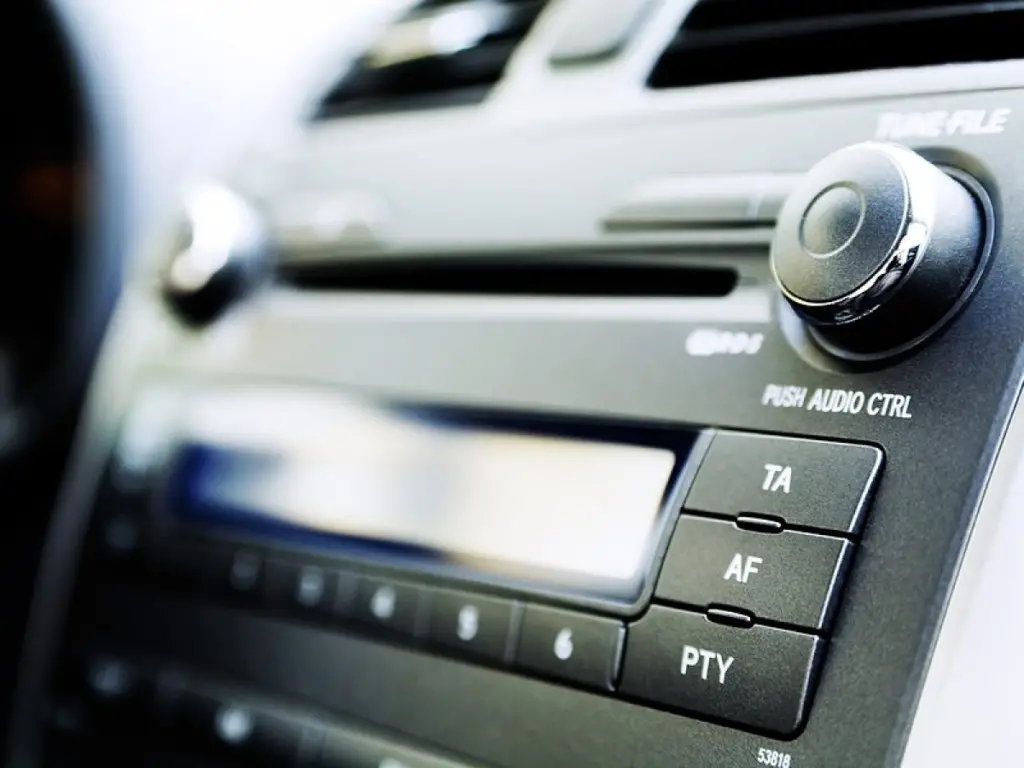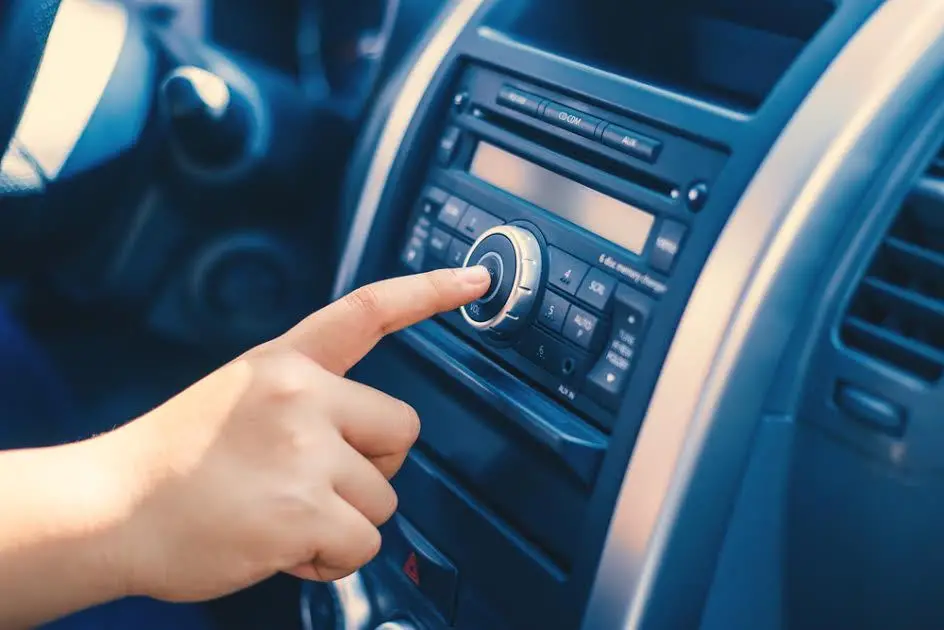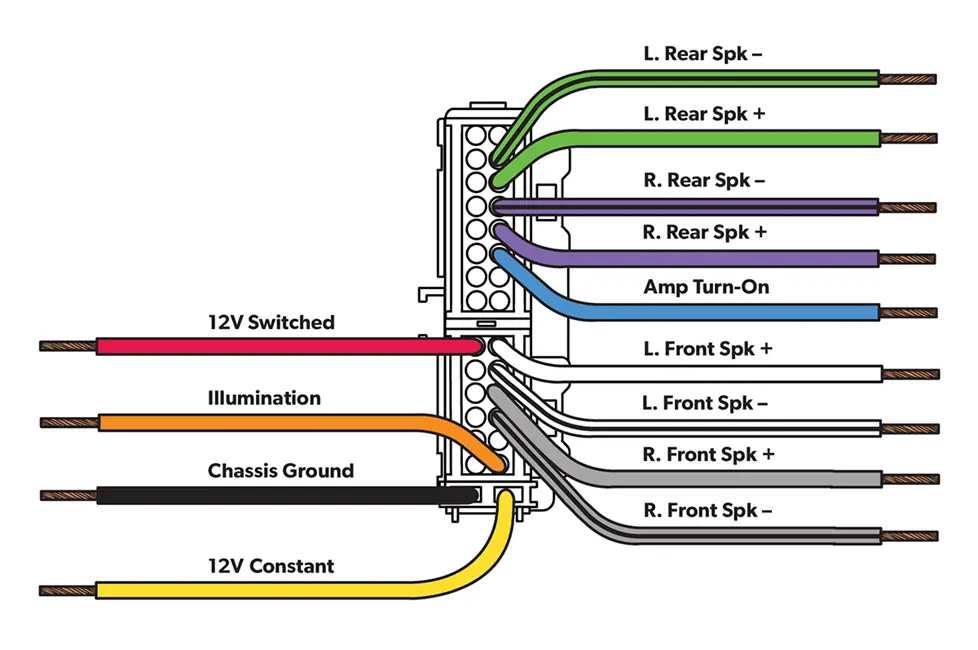Have you ever wondered why your FM and AM Radio don’t work the same way? Well, you certainly have started to think about it after you observed the issue yourself. One day you unexpectedly realize that your FM Radio has stopped but AM is fine!
So, why is FM Radio not working but AM is?
For starters, FM Radio needs better frequency reception compared to AM Radio. The reasons behind the FM radio frequency not picking up can be also caused by the FM tuner. Moreover, the problem can also arise from the antenna. It can be either broken or misaligned.
Wait! There is actually a lot more to know if you don’t want to face this problem again. Come along with me while I analyze everything about the FM & AM frequency debacle.
How Do FM & AM Radio Work?
FM or Frequency modulation works by varying the frequency of the radio signal to transmit audio signals. The audio signal is first converted into an electrical signal by a microphone. Then it is used to modulate the frequency of a high-frequency carrier wave.

FM radio uses a frequency range of 87.5 to 108.0 MHz in most parts of the world. The carrier frequency is typically set at the center of the frequency band. And variations in frequency caused by the audio signal are mostly within a range of ±75 kHz.
| Comparison | FM Radio | AM Radio |
| Frequency Range | 88 to 108 Megahertz (MHz) | 535 to 1705 Kilohertz (KHz) |
| Bandwidth | Bandwidth is more and wide | Bandwidth is less |
| Sound Quality | Rich and vivid | Average |
| Complexity in Signals | Simple | Complex |
| Noise | FM is less susceptible to noise | AM is more susceptible to noise |
| Cost | Costly | Affordable |
On the other hand, AM radio works by varying the amplitude of the radio signal to transmit audio signals. The audio signal is first converted into an electrical signal by a microphone. Then it is used to modulate the amplitude of a high-frequency carrier wave.
AM radio uses a frequency range of 530 to 1700 kHz in most parts of the world. The carrier frequency is typically set at the lower end of the frequency band.
Variations in amplitude caused by the audio signal are usually within a range of a few percent of the carrier wave amplitude. This provides acceptable sound quality with moderate noise and interference.
Why is FM Radio Not Working While AM is Working?
The main reason for FM radio to not work is that FM frequencies are hard to transmit via the antenna-to-antenna connection. In addition to that, you can also face the problem because of the distance from the transmitter.
Let’s look at all the possible problems that you can encounter with your car’s FM radio-
Bad Antenna or Tuner:
A malfunctioning or improperly installed antenna can cause poor FM radio reception. The FM antenna needs to be positioned correctly, and any damage or corrosion can disrupt the signal. Especially if you have a steel FM antenna.

While the damage on the antenna can be visible from the outside, corrosion is less likely to be the same. So, if there’s corrosion, then both AM and FM signals should be affected, right? Wrong!
AM radio signals are less affected by antenna problems because they can pick up signals easier. However, the tiniest bit of corrosion can affect the quality and reception of FM radio.
Interference of CB Radio:
Most cars don’t have a CB radio built-in but if you’ve had one, then you’re in danger! Because most CB radio does not come with their own radio antenna. So, the only way it can connect is via the factory radio antenna of your car.
As CB radio comes with its own adapters and all, chances are they interfere with your FM signals. Sometimes, you can face CB radio transmission issues as well. So, if you have one such radio installed, chances are, you need to check that out.
Distance from Transmitters:
The distance from the transmitter is a significant factor that can affect the reception of FM and AM radio signals. The reason for this difference lies in the way these radio signals propagate through space.

AM radio signals propagate through space by means of ground waves and sky waves. This means that AM radio signals can travel longer distances than FM signals, especially at night when the ionosphere is more reflective.
FM radio signals, on the other hand, propagate through space primarily by means of line-of-sight transmission. This means that the FM signal can only travel in a straight line between the transmitter and the receiver.
So, it can be easily blocked by obstacles like buildings, hills, and trees. Additionally, FM signals have a shorter range than AM signals, and they require a stronger signal to travel a certain distance.
Wiring Problems:
Well, as obvious as it seems, a broken wire or misaligned wire can definitely stop your FM radio. While this problem is not that common on stock radio devices in cars, you can still face such problems.

To check whether your wires are intact, you have to open up the radio compartment. Inspect all the wires carefully and if you find one corroded or broken, you know what’s the issue.
Now you might think why does it not affect AM signals? Well, even when some wires are misaligned, AM radio can still pick up some signals as they are transferred well. So, even the illumination wire on the radio is important for signal pickups.
Why Does My FM Radio Signal Skip & Pause?
The reason behind your FM radio signal skip is that the frequency is not strong enough. While in many cases you can still listen to the audio, it’ll skip some words. Also, you’ll notice that often your FM radio won’t pick up a signal at all.
Another key thing to know about radio signals is that they differ heavily from one another. So, your typical ANT radio service might work fine when FM radio just stops working.
However, AM radio can pick up very weak signals that’s why you can sometimes listen to those frequencies. One massive downside of AM signals is that you might encounter occasional hiss and sparks and howl and garble because of weak signals.
How to Fix FM Radio Issues When AM is Working Fine?
The common troubleshooting methods to fix FM radio issues are antenna inspection, tuner settings change, and so on. Follow the whole discussion down below-
Checking the Antenna & Receiver:
The antenna is a critical part of the radio system, and any issues with it can lead to poor reception or no reception at all. Make sure your FM antenna is properly connected and not damaged or broken.
If you have an external antenna, check that it is securely attached to your radio and positioned correctly. Moreover, you can easily change your FM antenna if it’s corroded or damaged. It does not cost that much so this one is an easy fix.
Checking the Tuner:
If the radio tuner is not working correctly, it may not be able to receive FM signals. Because the radio tuner is directly responsible
Try resetting the radio to its factory settings or check the user manual for instructions on how to troubleshoot the tuner.
Checking for Interference:
This point might seem quite basic but it’s more natural to forget the common things sometimes. Whenever you see your FM radio acting up, you should assume that some interference might be responsible.
When multiple electronic devices are in near proximity, it’s common for FM frequencies to be weak. Because all the devices disrupt and weaken the signals so you don’t get the full strength from the central transmitter.
So, check if you have multiple electronic devices near your radio system. Keep them away from a close distance and check the FM radio again.
Seeking Professional Assistance:
When you have done everything you can, there’s only one option left; asking for professional help. Sometimes, it’s quite tough to pinpoint the exact reason why your FM radio is the only one which stopped working.
In such cases, ask a car professional to inspect and install a new radio system on your car. Before committing to any specific car service, do proper research about the total cost depending on your region.
How to Improve FM Reception in the Car?
The basic thing you can do to improve FM reception is to remove any direct obstacles in front of your car. You can change the location of your car. Because some locations can have too much interference to support the signals.
Here are a few more tips that can help you to improve your car FM reception-
- Use an external antenna and replace the receiver.
- Make sure your radio is properly connected to the ground signal.
- Use a noise filter or noise amplifier.
- Relocate your antenna if you observe frequent signal interruptions.
Don’t hesitate to fix your car radio yourself if you have the right tools and expertise!
Frequently Asked Questions (FAQs):
Are AM and FM the same?
AM (Amplitude Modulation) and FM (Frequency Modulation) are not the same. They are two different methods used for transmitting radio signals. The main difference between them is in how they encode the audio signal onto the radio wave.
Which wire is best for an FM antenna?
The ideal wire for an FM antenna is a coaxial cable with a 75-ohm impedance. You can also use the flat 300-ohm twin-lead cable as it’s the industry standard for almost any FM reception.
Why Is My Car Radio Not Picking Up Fm Stations?
Your car radio may not be picking up FM stations due to issues with the antenna, interference, or radio settings. It’s important to make sure your radio is set to the FM frequency band and that the tuning is correct for the station you want to listen to.
Conclusion
So, now you know why you are encountering the unique problem regarding FM radio not working but am is. Before you just tear everything down from your radio system, make sure to be cautious.
You obviously don’t want to cause more problems instead of solving one. Try all the troubleshooting techniques and if everything fails, contact a professional to guide you!